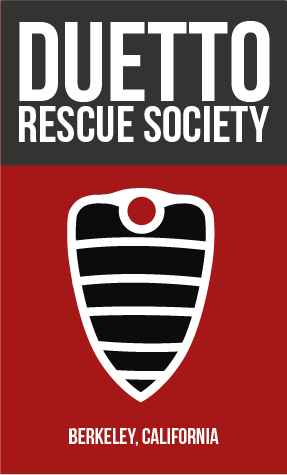Duetto Info
Short story: Alfa Romeo held a naming contest but another company held the trademark but so many people participated in the contest that the name stuck as the favored nickname for the Series 1 1967 Alfa Romeo.
Read the full story here. “The Duetto that never was” by Matteo Licata
167.50 inches
64.00 inches
Battista “Pinin” Farina
Front-engine, rear-wheel-drive

